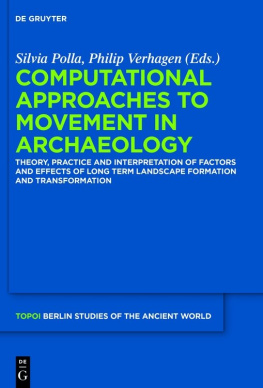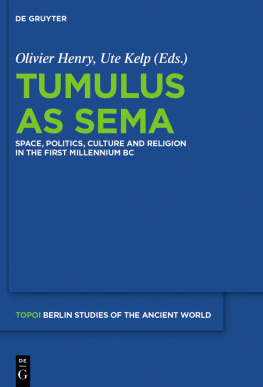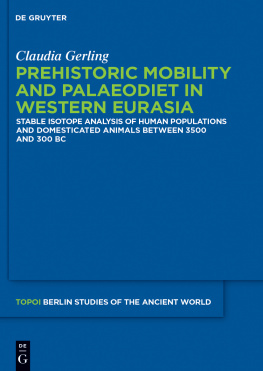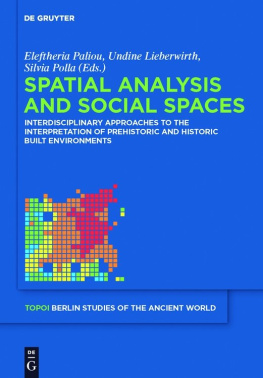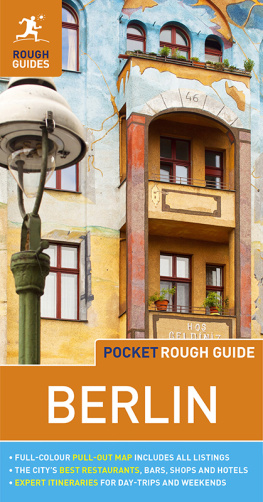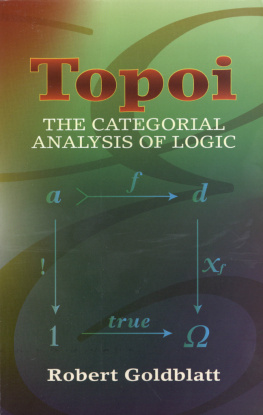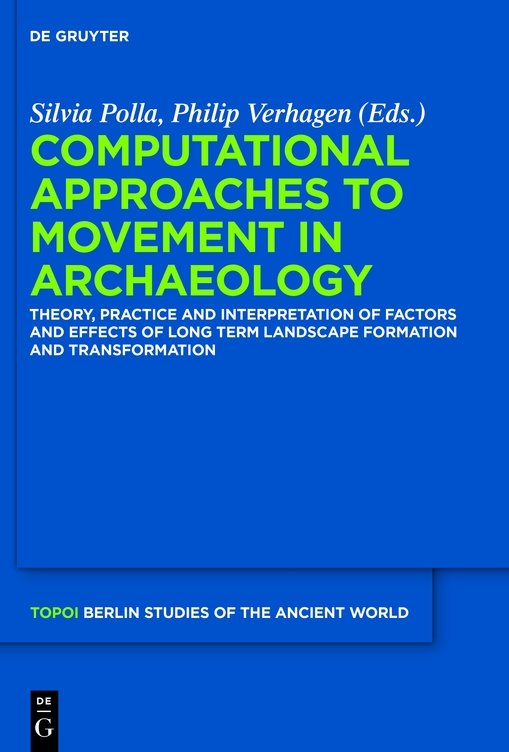D . Mleku, Approaching past movement: time to move a little further?
The paper discusses the ways to approach the past movement using GIS in archaeological landscape studies. Through movement we actively participate and create the world around us. By moving we bind things, places, persons together in a process of continuous becoming. Thus movement creates time, space and material world.
However, in archaeology we are dealing with the static, material residues of this past. The archaeological landscape is network of places, which were reproduced as collapsed acts of persons moving and performing routines in space and time, themselves being changes in the process. They are time and movement materialised or fossilised in the landscape. Paper presents some new tools and approaches for understanding past landscapes, especially tools for the analyses of proximity, mobility, accessibility and interaction. GIS procedures were developed to help us understand the limits time and space imposes in interaction between people and help us reveal deeper logic of social processes in landscape. Approaching past mobility also forces us to explicitly address the notion of time in GIS and archaeological landscape studies.
Gary Lock, Mariza Kormann Rodrigues and John Pouncett (Oxford), Visibility and movement: towards a GIS-based integrated approach
It is argued here that movement can only be fully experienced and, therefore, realistically modelled through integration with visibility. In this paper we explore a range of different approaches and techniques that investigate the characteristics of movement and visibility, the relationship between them and, importantly, how these are affected by changing scale. Using the ancient Ridgeway track in central England as a case-study, we first explore the idea of intentionality within movement. This uses different sized windows of analysis to model looking ahead and the idea of moving using waypoints as markers. In a related approach we develop Lloberas idea of landscape prominence and introduce a new method, Fuzzy Cumulative Visibility Analysis (FCVA), which simulates a virtual walk in the landscape by moving from cell to cell and calculating visibility in all directions. Some cells are seen more often than others in a continuously changing way and these changes can be expressed by a visibility index for each cell resulting in visibility gradients due to cumulative effects. This approach is novel in being applicable at a range of scales and is demonstrated through a case-study of Neolithic long barrows in central England. The approach to each barrow can be modelled in terms of visibility, distance and position to show interesting differences between basing these analyses on topography, prominence and FCVA. Building on this we continue with a re-assessment of the idea of Viewpaths as first suggested by Lee and Stucky in 1998. This uses the notion that visibility is an actual cost in influencing movement and is modelled by using forms and combinations of visibility indeces as cost surfaces for generating least cost paths, corridors and surfaces. Overall, this developing suite of approaches provides a much richer understanding of perceiving the landscape through movement and visibility than just viewsheds or cost paths.
E. Fovet, K. Zakek, Path modelling and settlement pattern
This paper describes the contribution of path modelling to the ancient settlement pattern study over the long term. The path modelling methodology is a stimulating tool, which is complementary to the hierarchical approaches in the landscape archaeology since it contributes to the understanding of the spatial relation between archaeological sites. The existing methodology was enhanced by enlarging the set of path reconstitution parameters (visibility) and by modelling in two scales. The proposed model is based on parameters derived merely from the relief because its changes should be insignificant even over a long period time.
P. Verhagen, S. Polla, I. Frommer, Finding Byzantine junctions with Steiner Trees
The Byzantine road system in Cappadocia (Turkey) is known in reasonable detail. Reconstructions of the road system by Hild (1977) show the most probable location of the routes that were built and maintained by the imperial administration. Unlike the earlier Roman routes, these were not only built to establish fast connections between major cities; rather, they were intended to connect all administrative and religious centres in the area. A conspicuous element of this connecting network is the fact that road junctions are found in the countryside, without any corresponding traces of settlement. Least cost path models trying to connect the centres will inevitably fail to identify these junctions, since LCP modelling will only create routes between single sources and targets, and not find the optimal network solution to connect three or more destinations. Steiner trees are an appropriate mathematical solution to deal with this problem; however, applications in GIS are lacking up to now. In this paper we would like to present the preliminary results of a case study showing that it is technically possible to use Steiner trees in conjunction with cost surfaces. The modelling results seem promising, as the resulting connections are closer to the documented ones than those resulting from least cost path modelling. However, there are substantial unresolved issues regarding the implementation of this method in GIS.
P. Murrieta Flores, Walking through mountains and sacred monuments: insights to the role of natural areas of transit during Late Prehistory in South-Western Iberia
Through time, societies have not only learned how to utilise resources from the environment, but they have also acquired specialised knowledge, adapting to it. Mountain regions are often very special environments due to their diversity, strategic significance and marginality. Mountain contexts are of great importance for people living within and neighbour areas due not only to their richness in natural resources and their great biodiversity, but also because of their peculiar socio-cultural dynamics, whose development has tended to be at the margins located often far away from the centres of political power. This marginality can be also extended to movement within these regions, where mountain ranges regularly constitute mighty obstacles due to their natural configuration, playing a central role in strategy, commerce and travelling. Movement in these environments is frequently localised and accommodated to the nature and steepness of the terrain. Travelling through natural passageways and optimal routes such as mountain passes and internal valleys is regular in these regions, and although the optimal employment of the landscape not always prime in human societies, in certain special conditions such as these, the search for optimality can have serious advantages. In the case of western Sierra Morena (Spain), its configuration shaped both, the very forms of transit through the mountains and the historical routes of communication that traverse Andalucia. In this paper we will explore a GIS methodology developed specifically to identify particular characteristics of the landscape that are relevant for movement such as passageways, crossing points and natural areas of transit. In our particular case study, the identification of such areas allowed us: (1) to examine the role that natural accessibility might had for late prehistoric societies of Southern Iberia in the location of their habitats and symbolic places; and (2) to determine through the examination of historical and modern paths, to what extent zones of optimal accessibility have been used through time in the establishment of communication routes.

